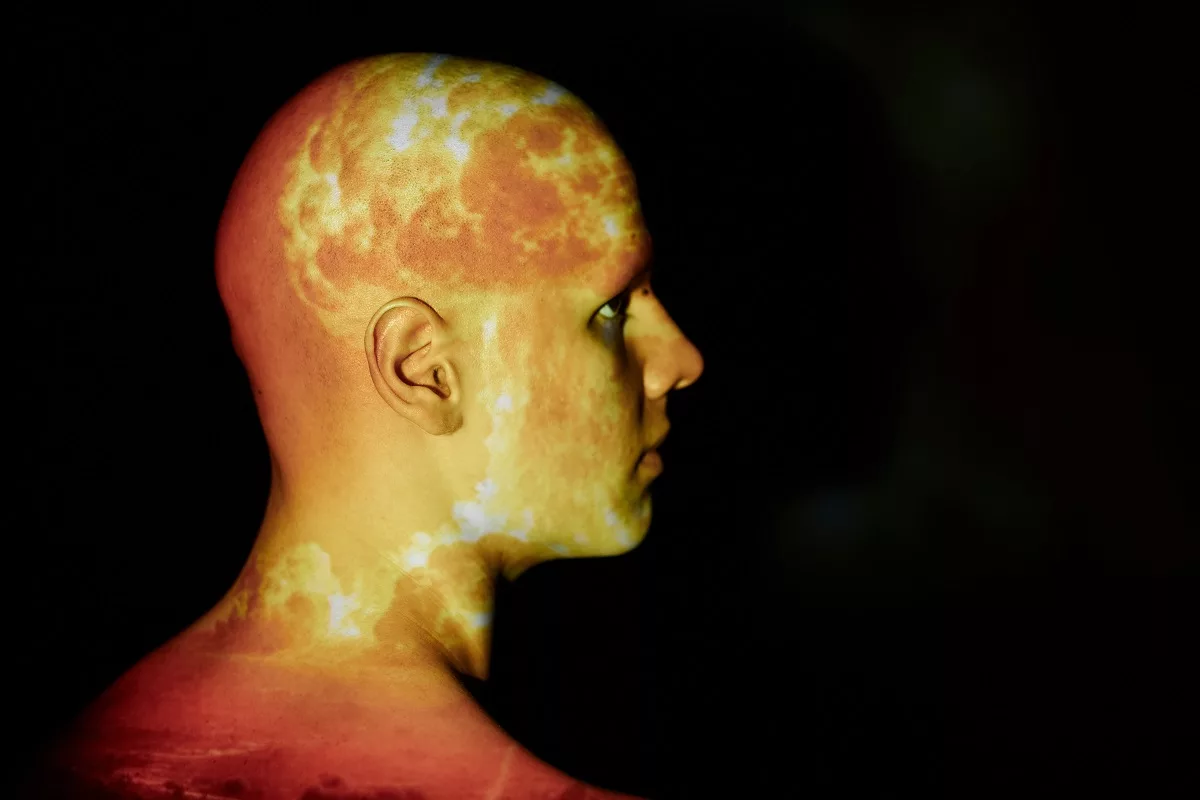An adverse reaction that almost all people who have radiation therapy experience is called radiation burn (also known as radiation dermatitis). It often causes itchy skin, discoloration, and swelling. Thus, it is recommended to take extra precautions to care for your skin during and after this procedure to protect the skin and aid healing.
Generally, radiation therapy is a cancer treatment used to destroy cancerous cells throughout the body. It uses powerful energy beams that often come from X-rays, protons, and other sources.
According to some data, about 4 million people in the United States get radiation therapy, and about 90% of them develop radiation dermatitis. While most symptoms of this condition are easily treated, 20% of people may experience severe symptoms that may interfere with daily activities. However, healthcare professionals usually monitor for radiation burn and provide care to reduce damage caused by this treatment as much as possible.
In addition, radiation dermatitis often looks like a sunburn or blotchy patches of skin that are red or darker compared to the surrounding skin tone. Some people may notice itchy and dry skin that usually progresses to a sunburn.
Symptoms
While radiation therapy may last a few days, it may also last up to several weeks. Usually, radiation dermatitis occurs during or after you finish the treatment. Check below for the most common symptoms of radiation burn:
- Itching
- Dry and peeling skin
- Blistering and swelling in the affected area
- Open sores that often appear under the breasts, armpits, and other parts of the body where the skin is sweaty
- Reddening of white skin or darkening of black or brown skin
If any of the previous symptoms occur, do not hesitate to visit your doctor.
Causes
Generally, radiation dermatitis is an adverse reaction to external beam radiation therapy that is used to treat some types of cancer. During this therapy, the patient often lies down on a table while specific machinery delivers radiation to the tumor to destroy cancerous cells. While the treatment is not painful itself, it may cause the skin to feel sore, itch, or turn red. However, it means the radiation passes through the skin and reaches its target.
Risk Factors
While anyone who receives radiation therapy may develop radiation dermatitis, some people are more prone to experience it. According to some research, people with cancer of the breast, head, and neck mostly develop this adverse reaction. Check below some factors that could elevate your risk of developing radiation burn:
- Smoking
- A history of sunburns
- Radiation is delivered to a large area of skin
- You get radiation therapy along with other cancer treatments, such as chemotherapy
- Poor nutrition
- Some diseases (including autoimmune disorders, diabetes, genetic disorders, and others)
- Obesity
What Are The Long-term Effects of Radiation Burn?
Check below some complications that may occur in people who experience radiation burn:
- Impaired healing
- Pigmentation changes
- Fibrosis
- Increased risk of infections
- Pain and discomfort
- Risk of developing cancer
This document does not contain a complete list of complications. In any case, you can consult with your doctor about ways to reduce the risk of developing them.
How to Prevent Radiation Burn?
Unfortunately, there is no way to prevent radiation dermatitis. However, you can consult with your doctor about ways to reduce damage and aid healing.
Diagnosis
Generally, healthcare professionals know about skin problems that radiation therapy can cause. Therefore, they will check your skin during treatment, but you should inform them if you notice any skin changes.
Treatment
Usually, physicians recommend creams that help relieve dry and itchy skin. It is very important to avoid products that contain Lanolin. In severe cases, doctors may prescribe a steroid cream to reduce the risk of developing radiation dermatitis. However, you should consult with your doctor before using any cream, moisturizer, or other skin products.
Home Remedies
Check below some tips that may help protect the skin and reduce symptoms caused by radiation burn:
- Wash the irritated skin with mild soap and warm water.
- You should also avoid the urge to scratch even if you experience itching. Thereafter, it is advised to pat dry with a towel after showers or baths.
- Use electric razors if you need to shave the treatment area. It helps avoid irritating the skin.
- Avoid heating pads or ice
- Wear loose and soft clothing
- It is recommended to stay cool and wear protective clothing when outdoors or exposed to the sun.
- Consult with your healthcare professional before using cosmetics, hair removal products, powders, creams, lotions, oils, ointments, and especially perfumes.
- Follow the treatment exactly as recommended by your doctor to prevent severe symptoms.
Frequently Asked Questions
When should I go to the emergency room?
Go to the nearest emergency room or call 911 if you notice any of the following symptoms. Examples include:
- Fever of 100.4 degrees F or 38.3 degrees C
- The skin begins to drain liquid that smells bad
- During treatment, the skin becomes warm to the touch or discolored
How long does it take for radiation burns to go away?
In mild cases, the symptoms disappear within several weeks after treatment. However, if you develop a more severe form of this condition, it may last up to a month, and complete healing may take even more. Consult with your doctor for more details.
Will I notice symptoms right away?
When the treatment is close to the skin’s surface, you may notice itching and dry skin during the first procedure. In other cases, people may begin to experience symptoms several weeks after treatment starts. It occurs because radiation therapy is cumulative. It means the effects intensify with each session. The effects of this treatment may continue even after you finish it. That’s why some people may develop radiation burn weeks after treatment. Ask your healthcare provider if you have additional questions.




